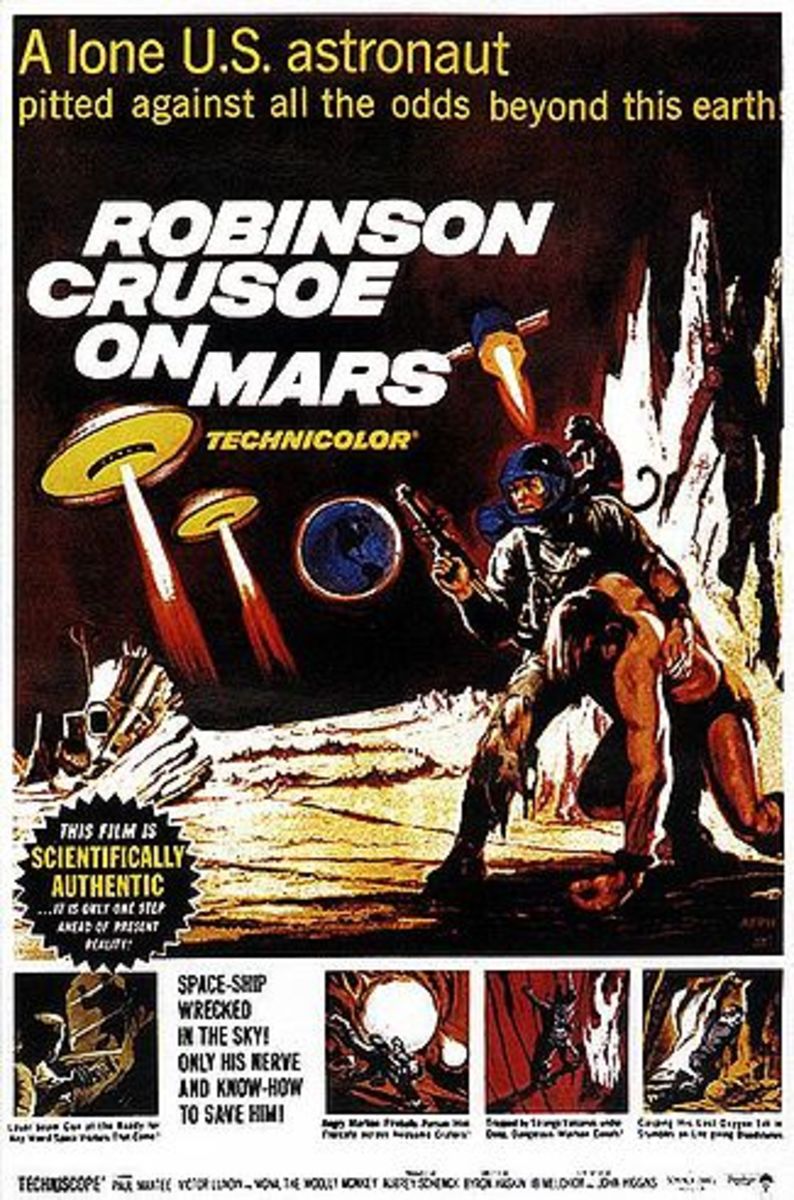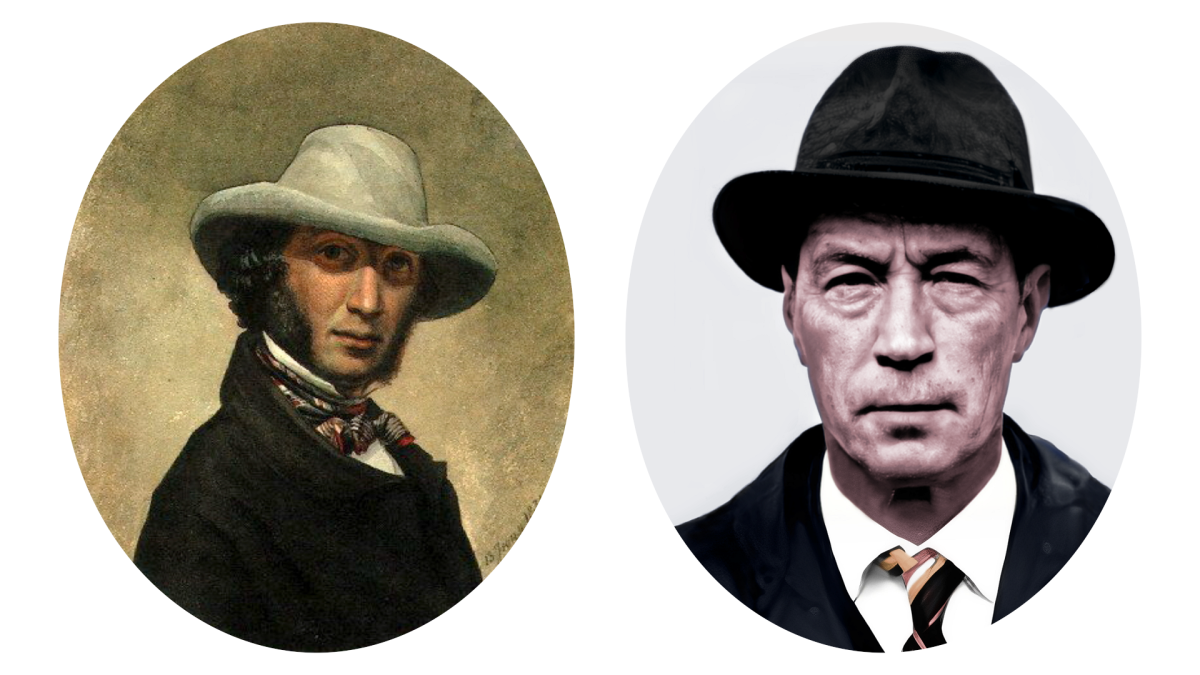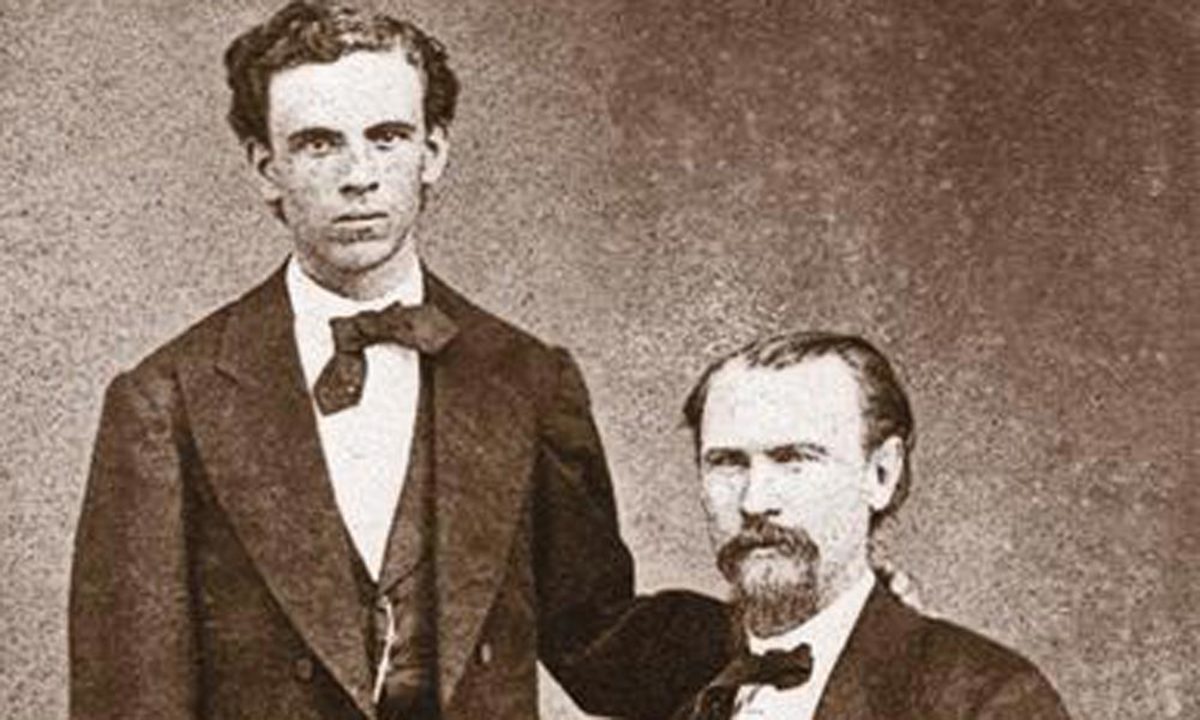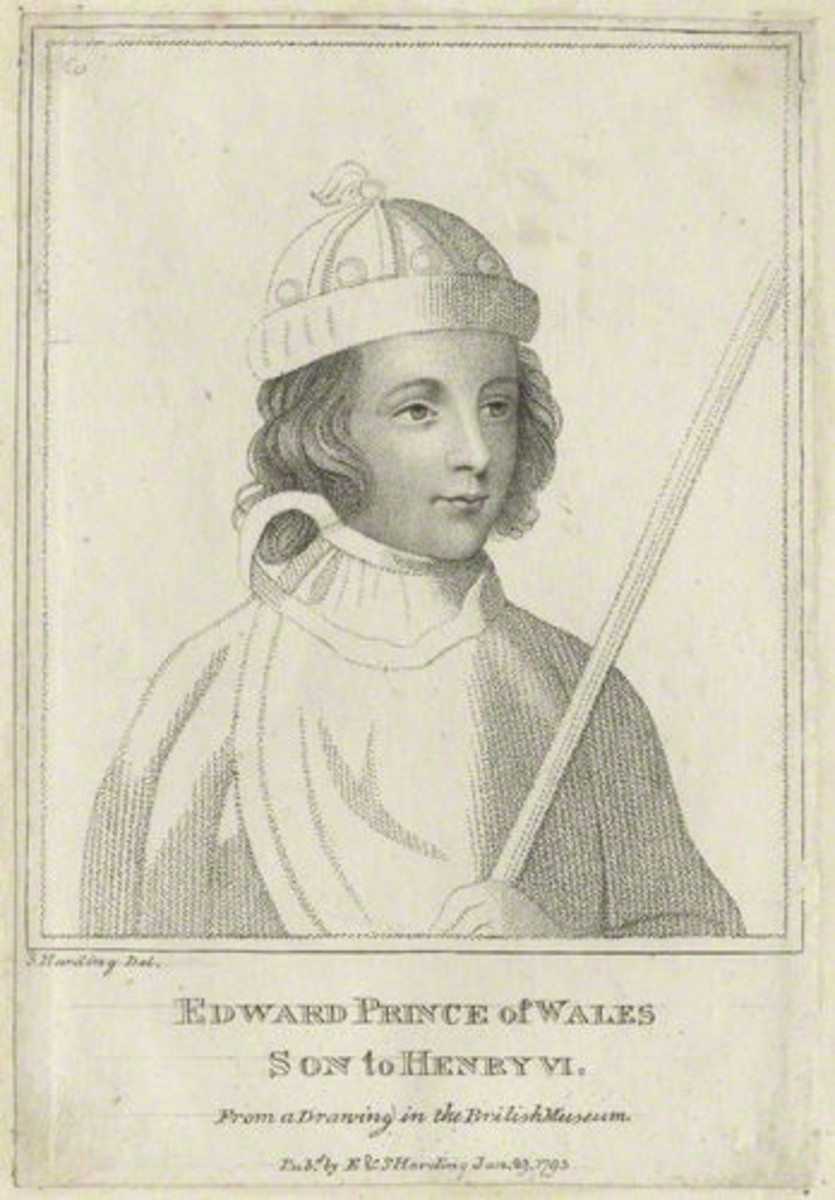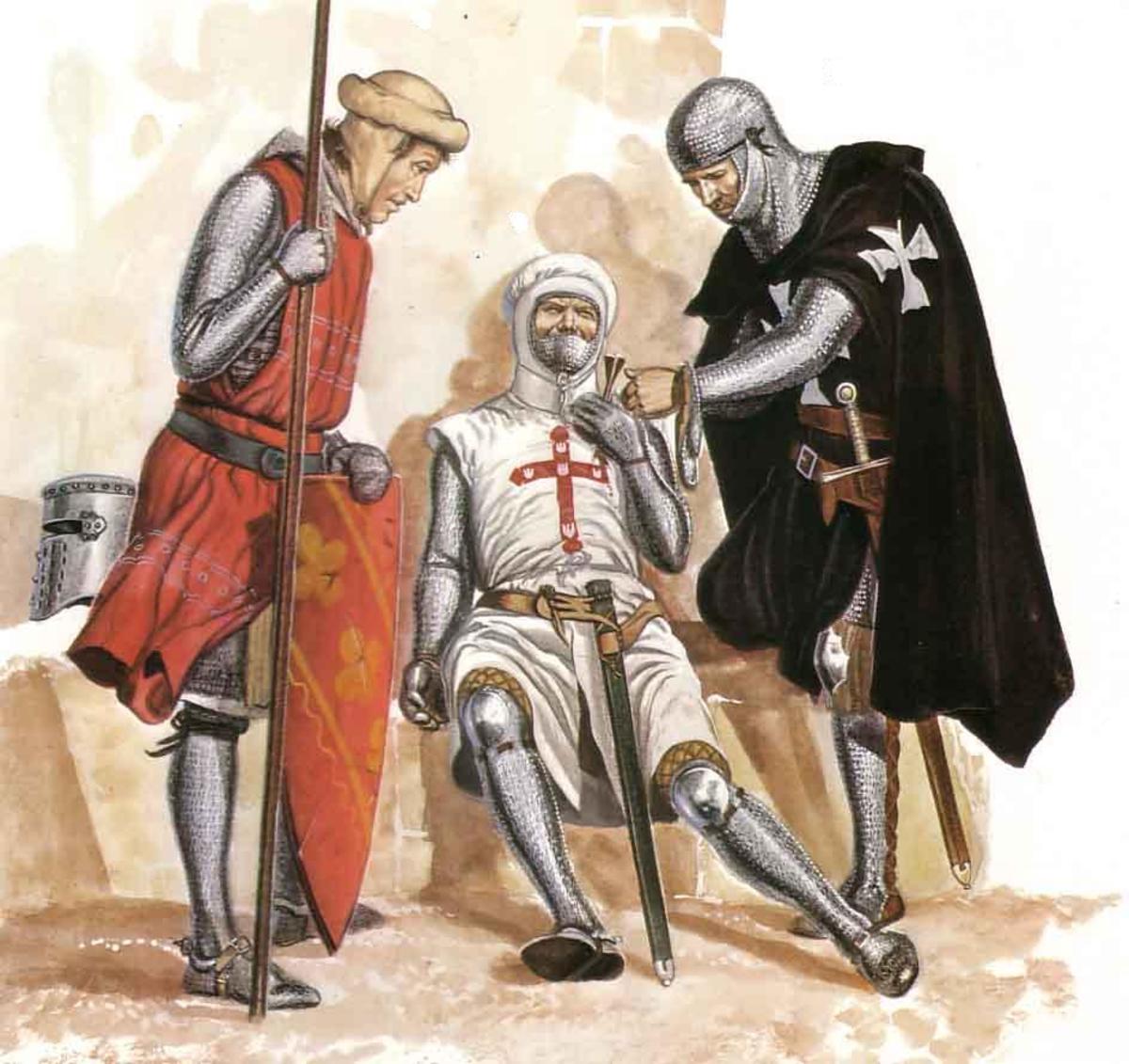The Real Robinson Crusoe
Prolog
In 1719 Daniel Defoe wrote a story about a castaway he named
'Robinson Crusoe'.
This story became a best seller. It's popularity has continued for over three hundred years. People all over the world, even those who haven't actually read the story, know of Robinson Crusoe.
Most people don't know that Defoe's story was loosely based on the true story of Alexander Selkirk, who published his autobiography in 1713.
Remarkably, Alexander Selkirk's true story is far more interesting than the fiction of Defoe. The life Selkirk lived was more than simply being a person who survived a few years as a castaway.
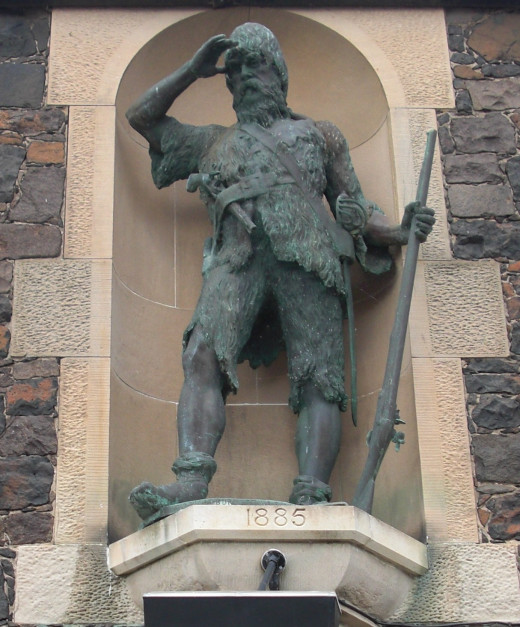
Early Life
Alexander Selkirk was born in 1676, the seventh son of a cobbler. At the age of nineteen, he found himself in trouble with the law.
He and his brother had an argument when Alexander was tricked into drinking sea water. He became ill. Angered, he retaliated. Just before he was arrested, Alexander ran away to sea, becoming a Pirate.
In those days, the English harried the Spanish fleet with their somewhat licensed ships as 'Privateers' who were out for plunder.
Selkirk became an excellent navigator, and participated in a number of forays on the
Spanish fleet. Subsequently, he logged aboard a ship called the 'Cinque Ports'
as sailing master.
Choosing to be Put Off
The Captain of the ship was very much a 'Bligh' type, and his forays against the Spanish were disasters.
Alexander, sure the ship was going to sink, asked to be put off at the first island.
The Captain obliged.
Alexander Selkirk, with a Bible, a musket, some bedding, and his tobacco, was placed on an uninhabited island (then called Mas a Terra, now Robinson Crusoe Island) in 1704.
He assumed he would soon be rescued.

Time passes
As time began to pass, Alexander realized rescue was not going to be soon.
Making the best of it, he built a better house. His major problem was his loneliness. He had no one but rats and goats and cats for company.
He kept himself together, and after a few years of solitude, he saw two ships enter the island’s bay. He rushed to the shore.
Unfortunately for him, they were Spanish vessels.
The landing party fired on him, and he ran for his life. As he knew the terrain of the island, Alexander was able to evade capture. After some time, finally, the Spanish departed.
On the 1st of February 1709, two British privateers dropped anchor offshore noticing the signal fire Selkirk had lit.
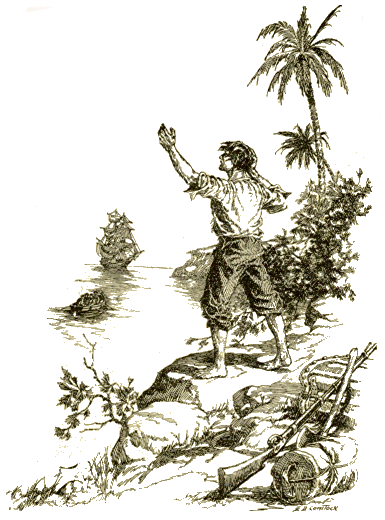
Rescue
The British landing party stood dumbfounded seeing this ‘wildman’ dressed in goat skins. However, the pilot happened to be William Dampier, who had led Selkirk’s first expedition. He recognized Alexander.
Alexander Selkirk had been alone for four years and four months on that island, yet he seemed quite normal.
William Dampier told him he was right in leaving the ‘Cinque Ports’. It had soon sunk off the coast of Peru and all but the captain and seven men survived.
The survivors were captured by the Spanish and tossed into a Peruvian jail where they would die.
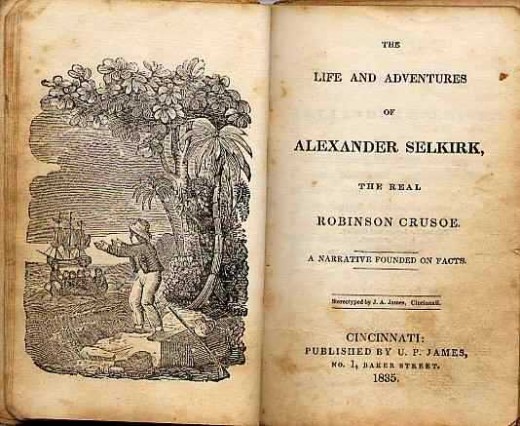
Pirate and Home
After being cleaned up, well fed, Alexander re-embarked on his career as a pirate. Within a year he was master of the ship that rescued him.
In 1712 he returned to Scotland £800 richer, and surprised his family as they worshipped at the Kirk in Largo.
They were astonished he was alive, let alone wealthy.
His story was fantastic and he was encouraged to publish it. Alexander took the advice and wrote his story. But life in civilization, however, was not for him. Although he tried to fit in, he just couldn't.
In 1720, he joined the Royal Navy. Sadly, he soon died of fever off the coast of Africa.
He had lived a remarkable life, even more fantastic than Robinson Crusoe.



